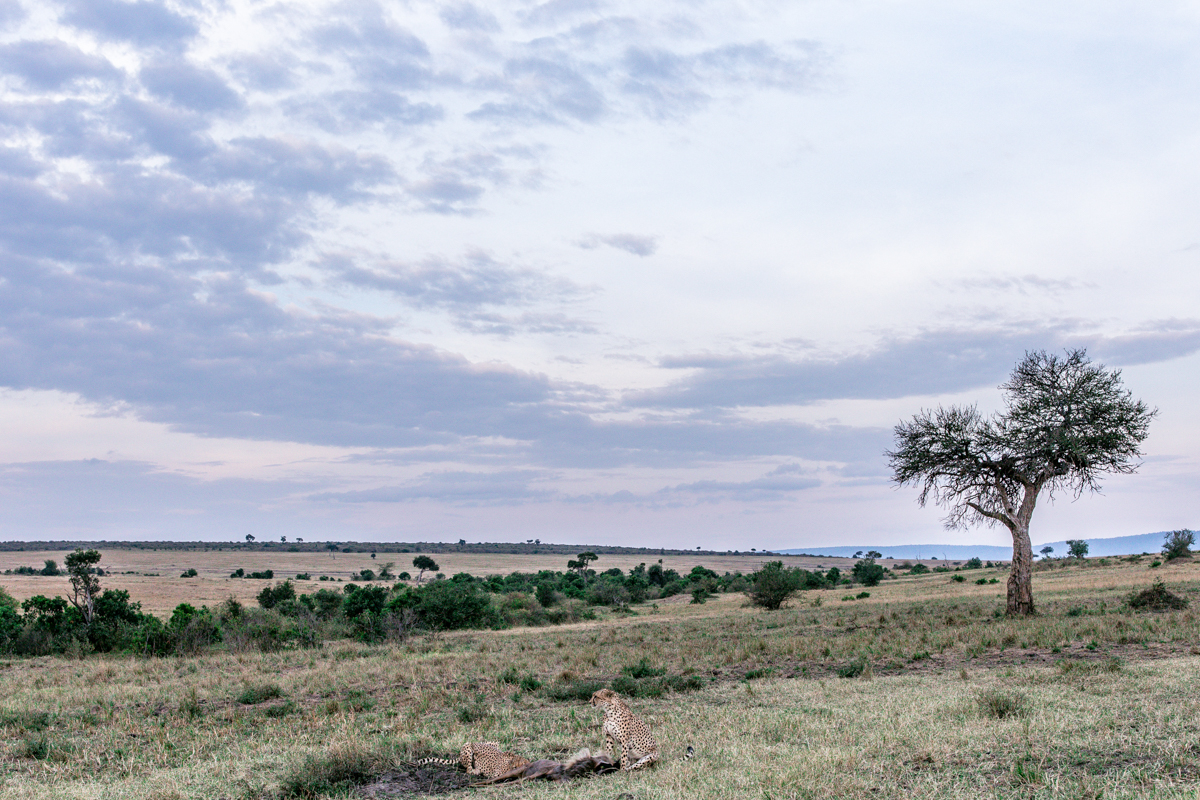
Maasai Mara jungle safari Kenya
Maasai Mara jungle safari Kenya : Masai Mara National Reserve and the conservancies that surround it make up Kenya’s most important protection area and one of the best places to go on safari in Africa. Its open grasslands are home to many animals, such as elephants, buffalo, zebras, giraffes, hyenas, and the famous big cats of the Mara, the lion, leopard, and cheetah. And every year between July and October, the Mara is a welcome stop for millions of wildebeest on their dangerous 2,900-kilometer (1,800-mile) circular safari to follow the rains.
Every year, thousands of people come to the Mara to enjoy some of the most real safaris in Africa. We love a Masai Mara tour for the following reasons:
1. Enjoy Fantastic, Year-round Game Viewing.
Masai Mara is a great place to see wildlife all year long because it has different landscapes, wide open spaces, a temperate temperature, and a large variety of animals that live there. Its champagne-colored savannahs are home to safari heavyweights like lion, leopard, elephant, and buffalo, as well as famous species like zebra, giraffe, hyena, eland, and gazelle. Rarely do people see rhinos, but if you’re lucky, you might see these rare animals in the Mara Triangle.
The Mara is known for its great chances of seeing big cats like lions, leopards, and cheetahs. The flat plains in the area are perfect for cheetahs, so the Masai Mara is one of the best places to see these fast animals. They often try to get a good view from downed trees, termite mounds, or even game drive vehicles. Seeing the world’s fastest land animal chase down its prey is one of the best parts of a Masai Mara tour.
2. Witness the Great Wildebeest Migration.
From July to October, the Maasai Mara is home to one of nature’s most amazing shows. The number of wildebeest that come to the area is incredible; the groups are so big that they can be seen from space. The Wildebeest Migration is a huge movement of nearly two million wildebeest, zebras, and gazelles that happens every year and is caused by rain. To get to the fresh grass in the Mara from Tanzania’s Serengeti National Park, the wildebeest must cross dangerous rivers where huge crocodiles wait.
Maasai Mara jungle safari Kenya
Migration
Note that there aren’t many well-placed game camps available during the busy season (June to October). If you want to see the Wildebeest Migration up close, you should plan your safari to Masai Mara at least a year in advance.
3. Experience a Hot-air Balloon Safari.
You can see exciting animals on land in 4×4 vehicles and on Maasai-led nature walks. To top off your Masai Mara safari, you can ride in a hot-air balloon, which is an experience that can’t be beaten. The best flight tracks follow the path of the Mara River. This lets you look down into the forests, float by vulture nests, and watch noisy hippos go about their morning routines. After you land on the fields, you’ll be treated to a delicious bush breakfast with champagne.
4. Meet the Maasai People.
Maasai are a semi-nomadic group of people who live in most of Kenya and northern Tanzania. Travellers know them for their unique habits and clothing. Even though cattle ownership is still a big part of their culture, more safari tourists have led many Maasai to become skilled safari guides and camp managers. During a Masai Mara safari, you’ll have lots of chances to talk to Maasai guides and camp staff, and you’ll also get to visit local villages to learn about traditional Maasai culture, lifestyle, and practices. Visit local villages to experience traditional Maasai culture.
Many safari camps give back to local communities.
5. Stay in a Private Conservancy.
Enjoying sundowners on a private conservancy in the Masai Mara National Reserve. A conservancy is a very special kind of protected land and wildlife area. Landowners sign contracts with safari companies to get money and other help in exchange for their land. This could be anything from schemes for education and health care to managing livestock and grazing. During safari season (July to October), the Masai Mara National Reserve can get crowded. Because of this, we suggest staying in one of the nearby private conservancies.

